Dealing with a car accident is stressful enough, but the uncertainty of how long your vehicle will be in the repair shop can add to the hassle. If you’re wondering, “How long will it take to repair my car after an accident?”, you’re not alone. The repair timeline can vary significantly based on several factors, from the extent of the damage to insurance procedures and parts availability.
At Car Repair Online, we understand the frustration and inconvenience of being without your car. With years of experience in the auto repair industry, we’ve created this detailed guide to help you understand the typical car repair timeline after an accident. Knowing what to expect can alleviate stress and help you plan accordingly.
In this article, we’ll break down the average car repair times, explore the different stages of the collision repair process, and discuss the key factors that influence how long it’ll take to get your car back on the road.
Understanding Average Car Repair Times
The question, “How long will car repairs take after an accident?” doesn’t have a simple answer. Repair duration depends heavily on the severity and type of damage your vehicle sustained. Generally, auto body repair times can range from just a few hours for minor fixes to several weeks or even longer for extensive damage.
To give you a clearer picture, here’s a table outlining average repair times for various types of collision damage:
| Type of Collision Repair | Average Time to Fix |
|---|---|
| Minor Collision Repair | 1-3 days |
| Major Collision Repair | 1 to 3 weeks |
| Paintless Dent Repair | 1-2 days |
| Bumper Repair/Replacement | 1-3 days |
| Fender Repair/Replacement | 1-4 days |
| Door Repair/Replacement | 2-4 days |
| Glass Replacement | 1-2 days |
| Suspension Repair | 2-3 days |
| Frame Straightening | 4 days – 2 weeks |
| Minor Paint Repair | 2-4 days |
| Major Paint Repair | 1-2 weeks |
| Airbag Replacement | 2-5 days |
| Engine Repair/Replacement | 1-4 weeks |
| Full Vehicle Restoration | 4-8 weeks or longer |
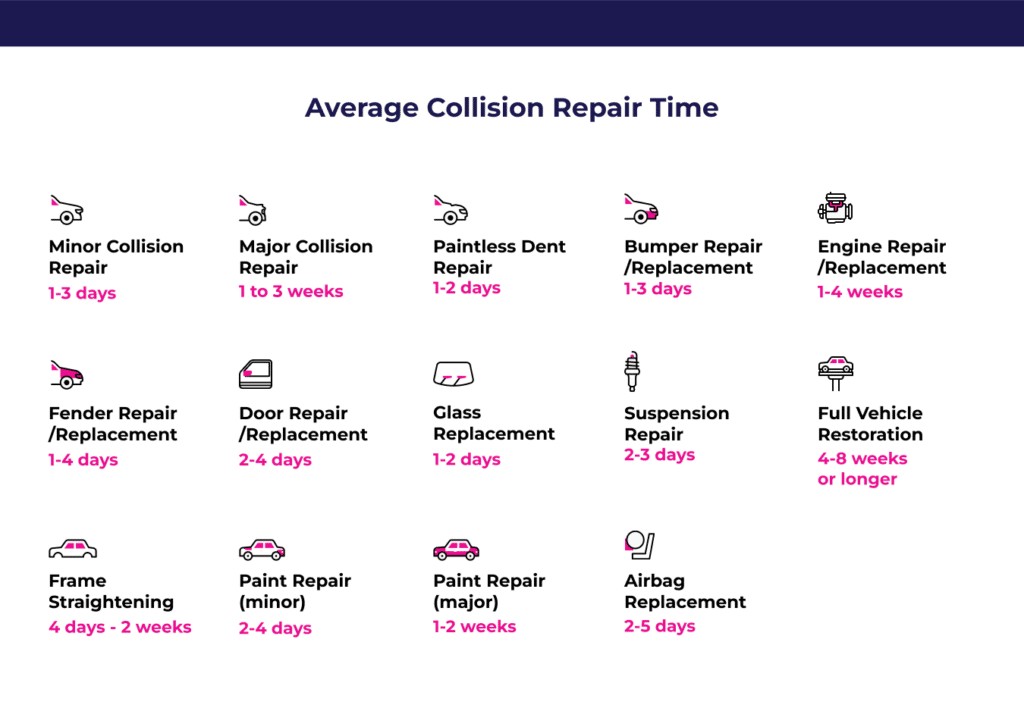

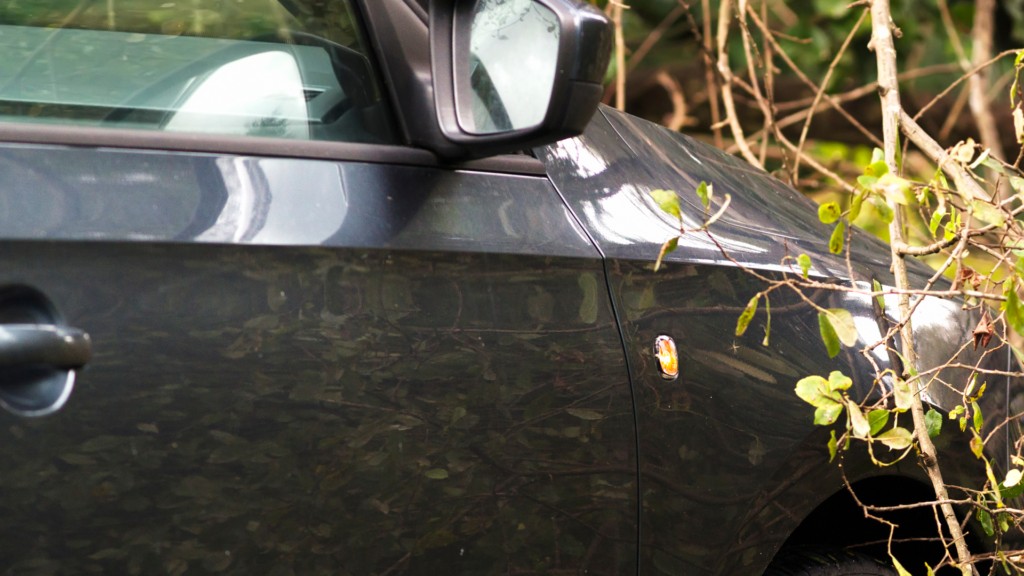
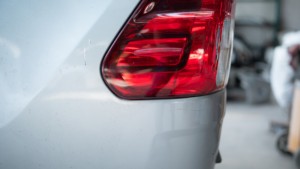
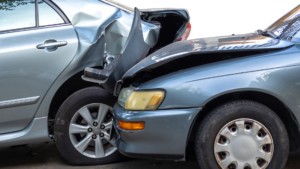
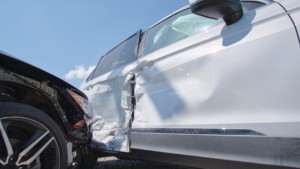
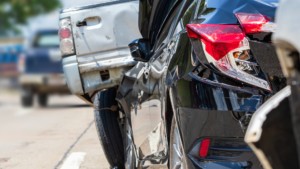
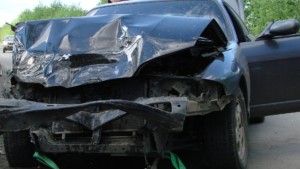

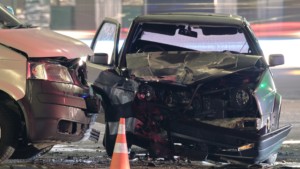
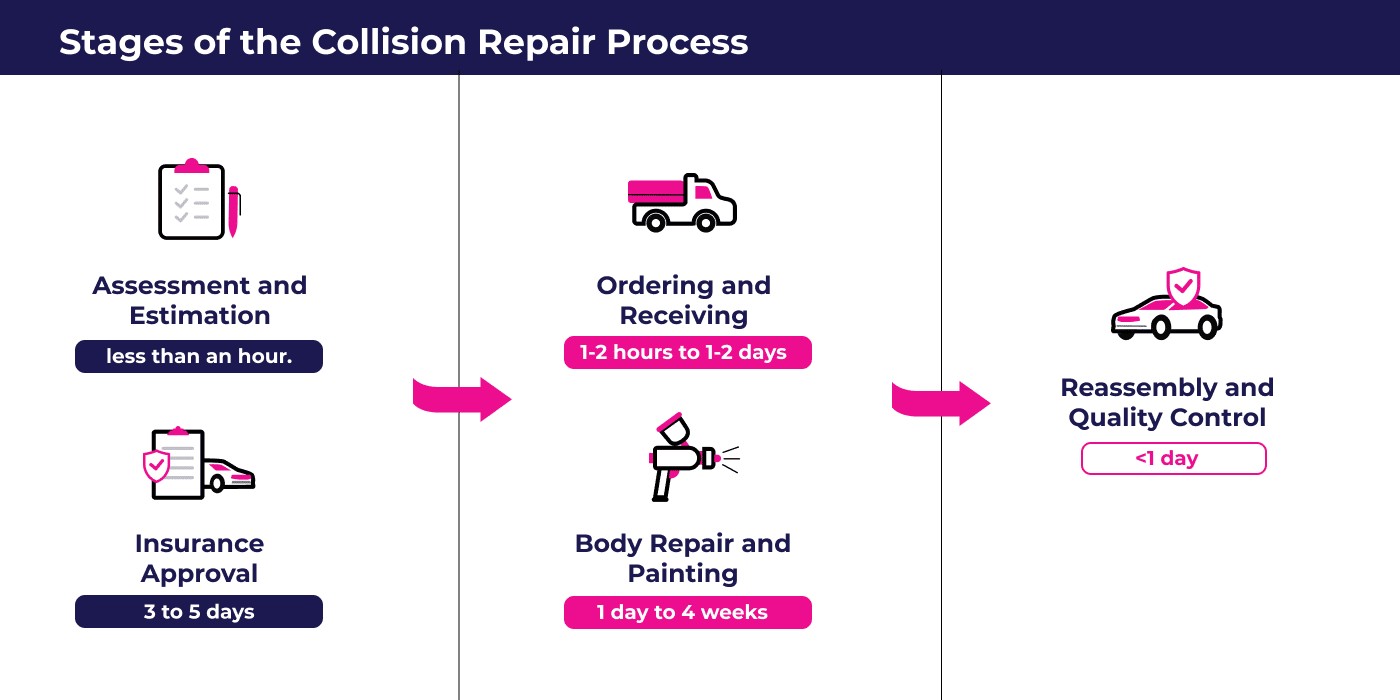
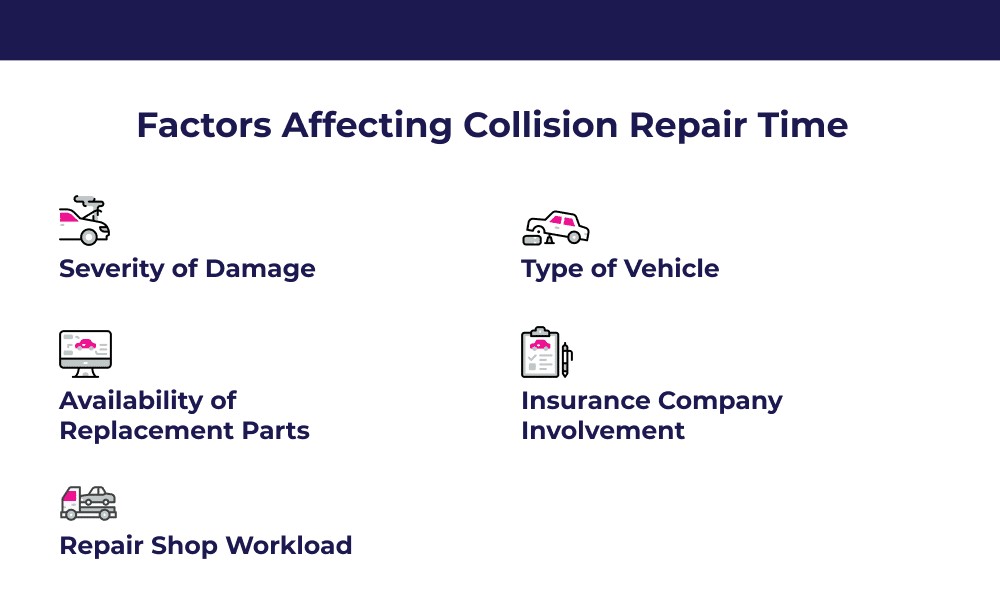
Minor vs. Major Car Accident Repair Times
Collision repairs are broadly categorized into minor and major, each with distinct timeframes.
Minor Collision Repair: Quick Fixes
Minor collision repairs typically take 1 to 3 days and address cosmetic damages that don’t affect the vehicle’s structural integrity. These include:
- Small dents: Like those from runaway shopping carts.
- Scratches: Surface scratches from tree branches or minor road debris.
- Minor bumper damage: Scuffs or small cracks that don’t require extensive replacement.
These repairs are faster because they are less labor-intensive and often require only basic tools and readily available parts. The actual repair work might only take a few hours, but the overall process, including assessment and minor paint touch-ups, extends the timeframe to a few days.
Example Scenarios:
-
Shopping Cart Dent:
-
Tree Branch Scratches:
-
Road Debris Scratches:
Major Collision Repair: Complex and Time-Consuming
Major collision repairs, on the other hand, can take 1 to 3 weeks or longer. These repairs involve significant damage that affects the vehicle’s structure, mechanics, or safety systems. Examples include:
- Frame damage: When the car’s structural frame is bent or broken.
- Mechanical problems: Damage to the engine, transmission, or suspension.
- Airbag replacement: Deployment of airbags requiring replacement of sensors and system checks.
- Significant body panel damage: Crushed doors, fenders, or quarter panels.
Major repairs are longer due to the complexity of the work, the need for specialized equipment and technicians, and potentially longer wait times for specific parts.
Example Scenarios:
-
Rear-End Collision Damage:
-
Side-Impact (T-Bone) Collision:
-
Parking Lot Pole Collision:
Severe Collision Damage: Extended Repair Times
In the most severe accident cases, where damage is extensive, or rare parts are needed, repair times can exceed 3 weeks. This is especially true for:
- Extensive frame damage: Requiring significant straightening or even frame replacement.
- Rare or imported vehicle parts: Leading to longer procurement times.
- Major engine or transmission repairs: Complex mechanical work requiring specialized skills.
The more severe the accident, the more intricate and time-consuming the repair process becomes.
Example Scenarios:
-
High-Speed Head-On Collision:
-
Rollover Accident Damage:
-
Severe High-Speed Side Impact:
Stages of the Car Collision Repair Process: A Step-by-Step Timeline
Understanding the stages involved in collision repair can help you better anticipate the overall timeline. The repair process typically involves these key steps:
1. Initial Assessment and Estimate
The first step is a thorough assessment of the damage by the repair facility. They will:
- Examine the damage: Documenting all visible and potential hidden damages.
- Prepare an estimate: Detailing the cost of repairs, including parts and labor.
- Take photos and handle paperwork: For insurance claims and record-keeping.
Timeframe: Estimates can take a few hours to a full day, depending on the shop’s workload and the complexity of the damage. Some shops, like Car Repair Online partners, offer quicker estimates, sometimes within an hour.
2. Insurance Claim and Approval
If you’re filing an insurance claim, the estimate needs to be submitted to your insurance company for review and approval. This involves:
- Insurance review: The insurance adjuster assesses the damage and the repair estimate.
- Negotiation (if needed): Discussions between the repair shop and insurer about repair procedures and costs.
- Approval: The insurance company authorizes the repairs.
Timeframe: Insurance approval can take 3 to 5 business days or longer, depending on the insurance company’s processes and any negotiation required.
3. Parts Ordering and Procurement
Once approved, the repair shop orders the necessary replacement parts. The time to receive parts depends on:
- Part availability: Common parts are usually readily available.
- Vehicle make and model: Parts for rare or luxury vehicles might take longer to source.
- Shipping times: Delays can occur depending on supplier location and shipping logistics.
Timeframe: Parts ordering can range from a few hours to 1-2 days, but in some cases, especially for specialized parts, it could take longer.
4. Body Repair and Painting
This is the core repair stage where the actual physical work is done:
- Bodywork: Dent removal, panel replacement, frame straightening, and other structural repairs.
- Painting: Matching and applying paint to repaired or replaced panels to ensure a seamless finish.
Timeframe: Body repair and painting can take 1 day to 4 weeks, depending on the extent of damage. Minor repairs might be completed in a day or two, while major structural work and multi-panel painting will take considerably longer.
5. Reassembly and Quality Control
After bodywork and painting, the vehicle is reassembled:
- Reassembly: Putting back together all components, trim, and detail pieces.
- Quality Check: Thorough inspection to ensure repairs meet quality standards, proper functionality, and safety regulations.
- Cleaning and Detailing: Washing and cleaning the vehicle before it’s returned to the owner.
Timeframe: Reassembly and quality control typically take a few hours to a day.
6. Potential for Hidden Damage and Additional Delays
It’s important to be aware that during the repair process, technicians may discover hidden damage not initially apparent. This can include:
- Undiscovered structural damage: Revealed once exterior panels are removed.
- Mechanical issues: Resulting from the impact that weren’t immediately obvious.
Such discoveries can lead to:
- Revised estimates: Potentially increasing repair costs and timelines.
- Further insurance approvals: If the additional damage is covered by insurance.
- Extended repair time: To address the newly discovered issues.
Key Factors Affecting Car Repair Time After an Accident
Several factors beyond the type of damage can influence how long it will take to repair your car after an accident. Understanding these factors can provide a more realistic expectation of the repair timeline.
1. Severity of Damage: Minor to Major Impacts Timeline
As discussed earlier, the extent of the damage is a primary determinant of repair time.
- Minor damage: Dents, scratches – quicker repairs (1-3 days).
- Major damage: Frame damage, mechanical issues – longer repairs (1-3 weeks or more).
2. Parts Availability: OEM vs. Aftermarket and Backorders
The availability of replacement parts is crucial.
- Common parts: Readily available, faster repairs.
- Rare or OEM parts: May require ordering and longer wait times, especially if backordered.
- Aftermarket vs. OEM: Choosing between aftermarket (more available) and Original Equipment Manufacturer (OEM – potentially longer wait) parts can affect the timeline.
3. Vehicle Type: Common vs. Luxury/Rare Makes
The type of vehicle impacts both parts availability and technician expertise.
- Common vehicles (Toyota, Honda, Ford): Parts are generally more accessible, repairs faster.
- Luxury/Rare vehicles (Mercedes-Benz, BMW, Tesla): Specialized parts and technicians may be needed, potentially extending repair time.
- Newer vehicles: Warranty coverage and better OEM part access can sometimes expedite repairs.
4. Insurance Company Involvement: Claims Process Time
Dealing with insurance adds a layer of process that can affect the timeline.
- Claim filing and approval: Takes time for review, negotiation, and authorization.
- Direct Repair Programs (DRP): Some insurers have preferred repair shops which can streamline the process, but choice may be limited.
- Negotiations: Disagreements on repair procedures or costs can prolong the approval process.
5. Repair Shop Workload: Busy Shops and Scheduling Delays
The workload and scheduling at the repair shop play a significant role.
- Shop backlog: Busy shops may have a waiting list to start repairs.
- Technician availability: Specialized repairs may require specific technicians who might be in high demand.
- Seasonal peaks: Collision repair shops can be busier after major weather events or during certain times of the year.
Conclusion: Patience and Communication are Key
While it’s natural to ask, “How long will it take to repair my car after this accident?”, the answer is multifaceted. Repair times vary widely depending on damage severity, parts, vehicle type, insurance, and the repair shop’s schedule.
Understanding the stages of the collision repair process and the factors that influence the timeline can help you have realistic expectations. Patience is crucial, but so is communication. Choose a reputable auto repair service that keeps you informed throughout the process. They should be able to provide regular updates and explain any delays that may arise due to unforeseen issues like hidden damage or parts procurement challenges.
By staying informed and working with a trustworthy repair shop, you can navigate the car repair process with less stress and get back on the road as efficiently as possible.
Average Collision Repair Time FAQs
What are my transportation options while my car is in the shop?
Being without your car is inconvenient. Explore transportation options like:
- Rental car coverage: Check your insurance policy for rental car benefits.
- Courtesy vehicles: Some repair shops offer loaner cars.
- Ride-sharing or public transport: Consider these alternatives for shorter periods.
- Pickup and drop-off services: Some shops offer this convenience.
Is there a warranty on auto body repairs?
Reputable repair shops usually offer warranties on their work. Inquire about the warranty coverage period and what it includes (e.g., workmanship, paint).
Front-end vs. rear-end collision repair time – is there a difference?
Generally, rear-end collision repairs are often quicker and less expensive than front-end repairs. The front of a vehicle houses more complex components like the engine, radiator, and grill, which can lead to more extensive damage in a front-end collision.
When is a car considered a total loss after an accident?
A car is typically considered a total loss when the repair costs exceed its market value, or a significant percentage of its value (often around 70-75%). In this case, the insurance company may declare it a total loss and compensate you for the car’s pre-accident value instead of paying for repairs.
What to do if repairs are taking longer than initially estimated?
If your repair is taking significantly longer than estimated:
- Communicate with the repair shop: Understand the reason for the delay. It could be due to hidden damage, parts delays, or insurance issues.
- Contact your insurance company: If the delay seems unreasonable or if there are concerns about the repair shop.
- Consider a second opinion: In extreme cases, if communication breaks down or you suspect issues with the repair shop.
How much does collision repair typically cost?
Collision repair costs vary widely based on damage severity, vehicle type, and parts needed. Minor repairs can range from a few hundred dollars, while major repairs can cost thousands. Getting a detailed estimate from a reputable repair shop is essential for understanding potential costs.
